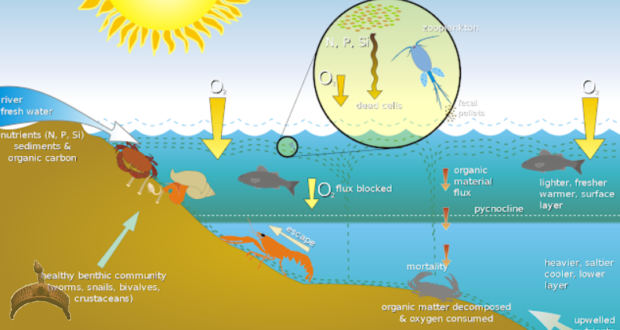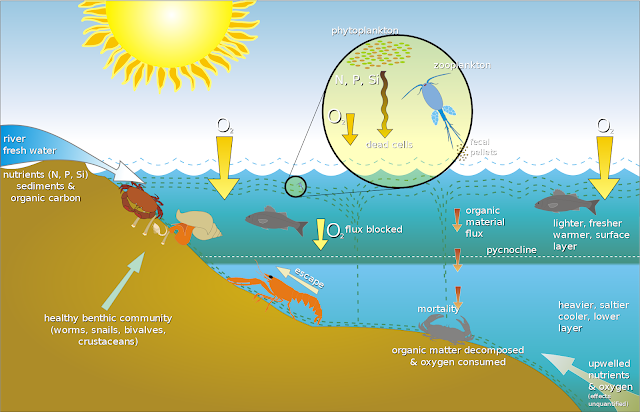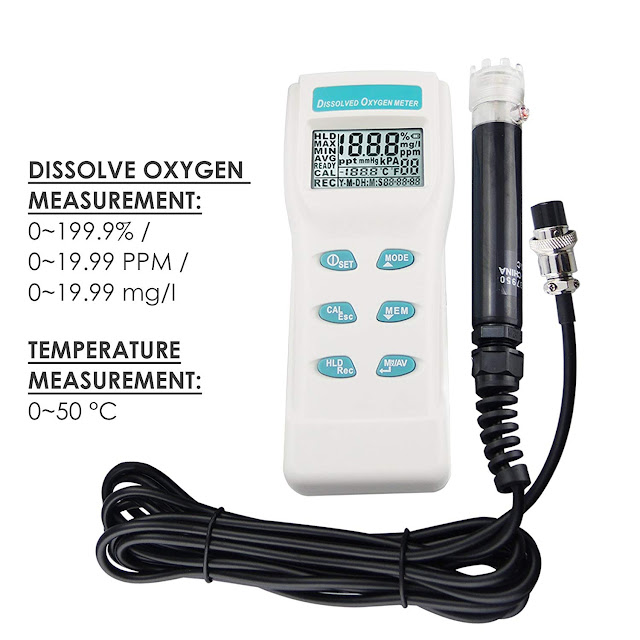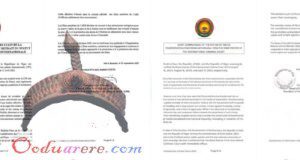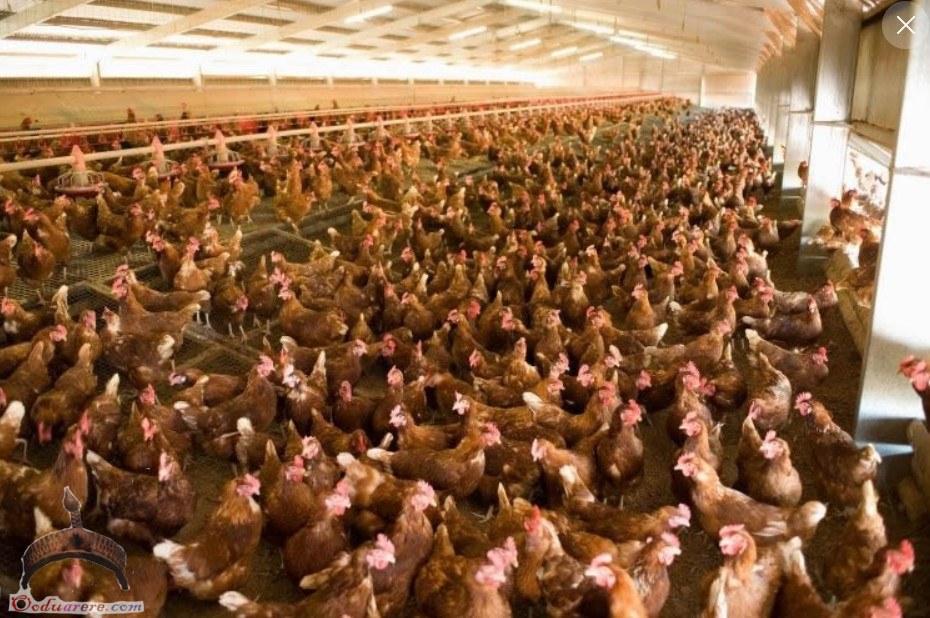Experience indicates that the grade of water in fish farming isn’t just in its cleanness and clearness. Other properties of water has through the years been revealed to be of special benefit for the appropriate digestion and absorption of feed by the fish which can be of the same level worth addressing as the grade of the feed itself. Listed here are the major properties of water good for the fish farmer:
1. Water pH.
The acidity and alkalinity of water have plenty of roles they play in the growth of fish. The extremes of both alkali and acid will hamper the growth of fish and make them stunt as their feed conversion to feaces will undoubtedly be rather quicker. The very best water pH is between 6.5 to 7.5, little above 7.5 is acceptable as alkali has negligible effects on fish when compared with acid, provided that it doesn’t come along side general hardness. pH of 6.0 is harsh, frankly, and must be treated with lime or it’s like, to make it near neutral (7.0) Observe this changes and note it’s relevance in your farm, test your water with litmus or pH meter every day or after it rains and guard against acid water to the very best performance of your fish.
2. Temperature.
This can be a major parameter to be looked at in fish farming. This is specially more important in early stage of the fish growth as low or warm can cause the increased loss of fish in a good amount. The very best temperature for fish is between 28°C to 30°C, for hatchlings, fries and fingerlings; 25°C to 33°C for juveniles, jumbo and adult fish. Temperature below 25°C or older than 33°C will hamper the growth of fish while extreme high or low temperature will kill the fish. Its a pity little or nothing can be achieved about temperature especially in a big farm, after the structure is made. Care therefore should be used when selecting your site for a fish farm avoiding extremes of sunshine and wind to find the best performance of ur fish. Measure water temperature with bath thermometer with suitable measurable temperature range and control temperature by within the pond half way with a heavy tarpaulin material when the weather is hot.
3. Dissolved Oxygen.
The quantity of dissolved oxygen is essential in fish farming for the appropriate digestion of food. The catfish can obtain their oxygen within the water through their gills. Excess food and feaces can however soil the water (increase the ammonia content of the water) inducing the fish to inhale oxygen from the atmosphere. This is laborious to the fish and hence the feed conversion will undoubtedly be much making the whole enterprise unprofitable.
The fish dissolved oxygen meter is useful for measuring dissolved oxygen in water but often this really is judged by the clarity of the water. When the water is colourless, odourless and tasteless, its assumed the dissolved oxygen is good. Dissolved oxygen of significantly less than 1500ppm is bad and unfavourable for the growth of fish and must be changed. Safe to say that when the water is spotted as dirty, its set to be changed.
The growth of planktons in the ponds helps in the oxygenation of water as plants gives you oxygen if they consume carbon dioxide. Water tend to stay clean for an extended time period once the micro plants are well grown in the ponds and hence accentuates the necessity for proper fertilization of ponds before stocking.
The final and extremely important parameter worthwhile considering in the water management of African catfish could be the water amount in ponds. In ponds, sun can practically penetrate to the depth of 30cm to 80cm based on the amount of water. Photosynthesis can occur as much as twice the depth of sunlight penetrations. Hence the oxygen generated in the act of photosynthesis dissolves for the reason that region. Meanwhile sunlight warms up the water leaving the top of element of the water as the very best condition for the fish. Because of this a maximum depth of 1.2m is recommended. Beyond this depth, ponds becomes without oxygen and is commonly cooler. Therefore ponds are thermally stratified, and thus the most effective 1.2 meters tends to truly have a different oxygen level than the one bellow 1.2 meters. Once the water in the ponds are 2meters deep, their could be the occasion of zero oxygen deeper in the water and incidences of casualties randomly occurs if you have change of weather. Shallow water discomforts the fish in heavy sunlight and cause the water to get soil easily and supply the fish with little space to roam about which also affects their performance.
Facebook
Email -afrismartfarm(@)gmail.com
Twitter
Instagram
You can Buy Fingerlings in Nigeria from AfriShopOnline via this link.
 Ọmọ Oòduà Naija Gist | News From Nigeria | Entertainment gist Nigeria|Networking|News.. Visit for Nigeria breaking news , Nigerian Movies , Naija music , Jobs In Nigeria , Naija News , Nollywood, Gist and more
Ọmọ Oòduà Naija Gist | News From Nigeria | Entertainment gist Nigeria|Networking|News.. Visit for Nigeria breaking news , Nigerian Movies , Naija music , Jobs In Nigeria , Naija News , Nollywood, Gist and more

